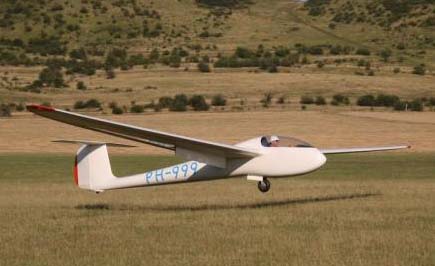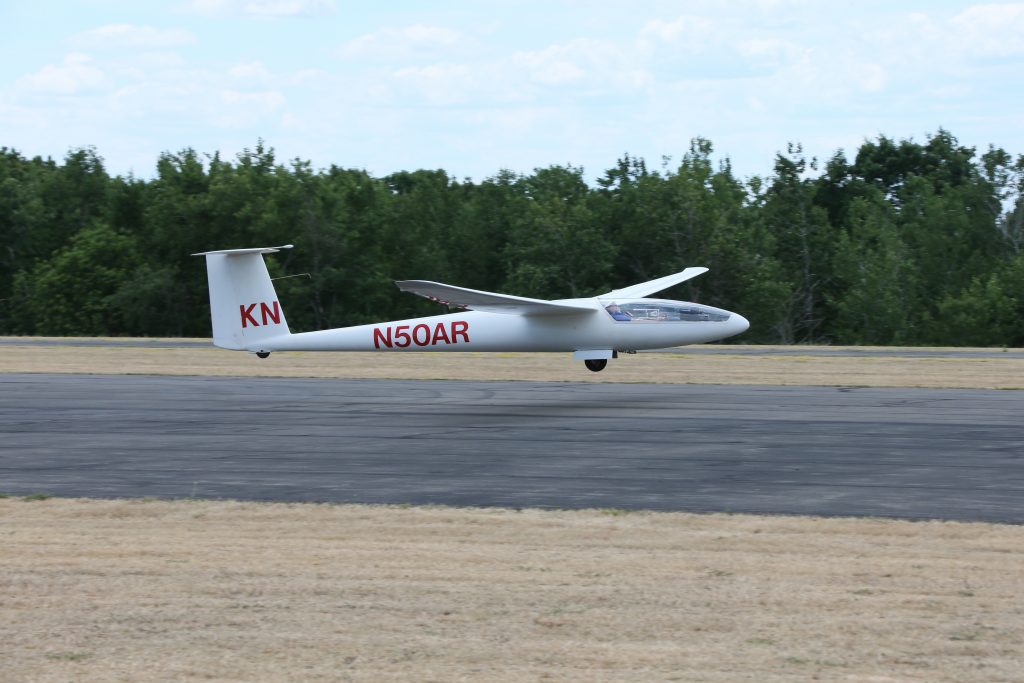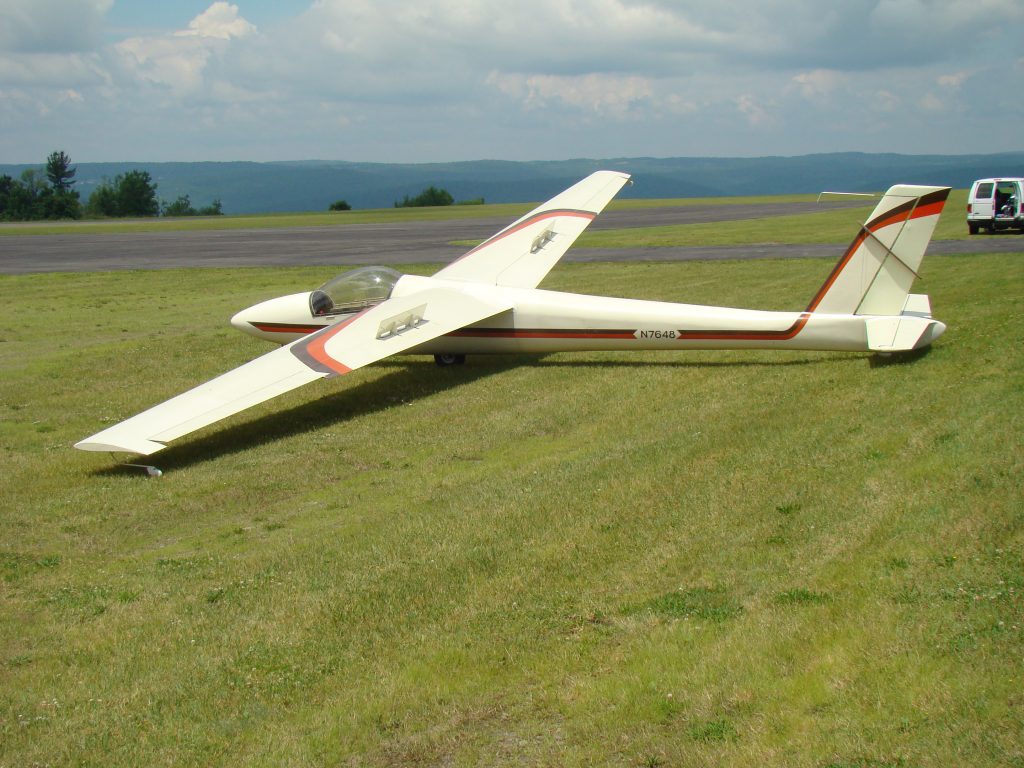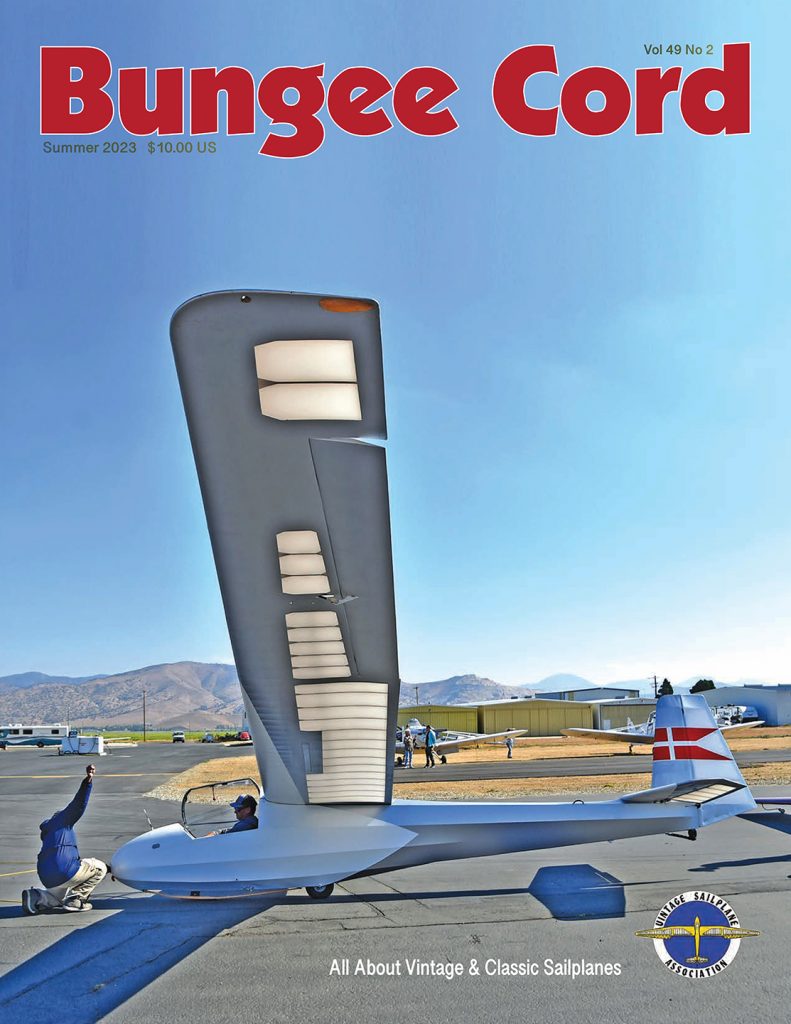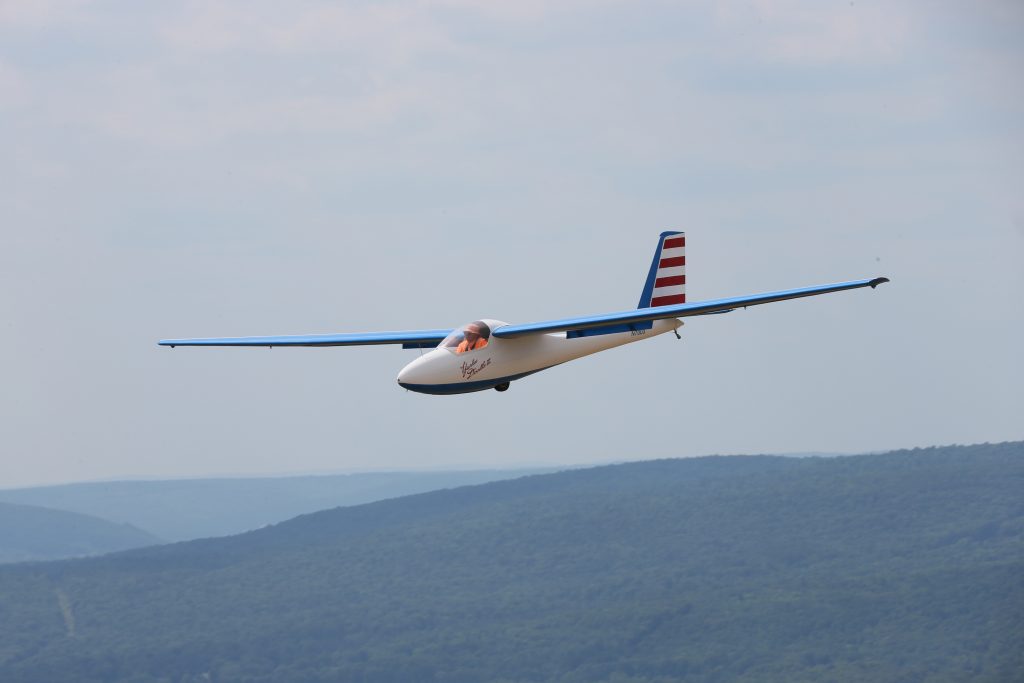Vintage sailplanes celebrate the early history and development of gliders and sailplanes including the people, designs, processes, materials and aerodynamics that made them some of the most historic, beautiful and interesting aircraft ever built. As technology advanced rapidly in the 1950’s a new class of sailplanes emerged using newly developed airfoils, materials and processes that ushered in a new generation of designers and pilots. The first all-composite sailplane, the Phönix, flew in 1958 and this event is considered by many to be the end of the Vintage Sailplane era and the beginning of the Classic Sailplane era. In a simpler sense, the transition from vintage to classic sailplanes is often equated with the transition from predominantly wooden to fiberglass structures.
Early classic sailplanes were pioneering craft in their own right blending the ideas of the past with the developments of the 50’s, 60’s and 70’s. They were pioneers in aerodynamics and more modern building methods and they started to supplant the old school of soaring with new capabilities. Along with new competition classes including the Standard and Open Class, flaps and water ballast were introduced to increase cross-country cruising speed while maintaining reasonable circling performance.
Like their vintage brethren, classic sailplanes have their own maintenance and repair challenges. Although composite structures normally require an all-white colored exterior (exceptions are the metal sailplanes of the 60’s and 70’s) classic sailplanes have colorful flying histories and their pilots are just as colorful as the pioneers who flew vintage sailplanes when they were new.
The Vintage Sailplane Association recognizes the differences and similarities of the vintage sailplanes of the pre-1958 era and the pioneering classic sailplanes that followed and includes both a Vintage and a Classic Division. Vintage soaring meets welcome classic as well as vintage sailplanes and VSA restoration awards are available to ships in either class. VSA’s quarterly publication Bungee Cord caters to both vintage and classic sailplanes.
Owners of many classic sailplanes maintain their own type organizations and web pages that can be located by an internet search. VSA’s Classic Division Chairman is Josh Knerr (<joshknerr@gmail.com>). On Facebook check out our group “Vintage & Classic Sailplanes. Join us there, and please join VSA!
